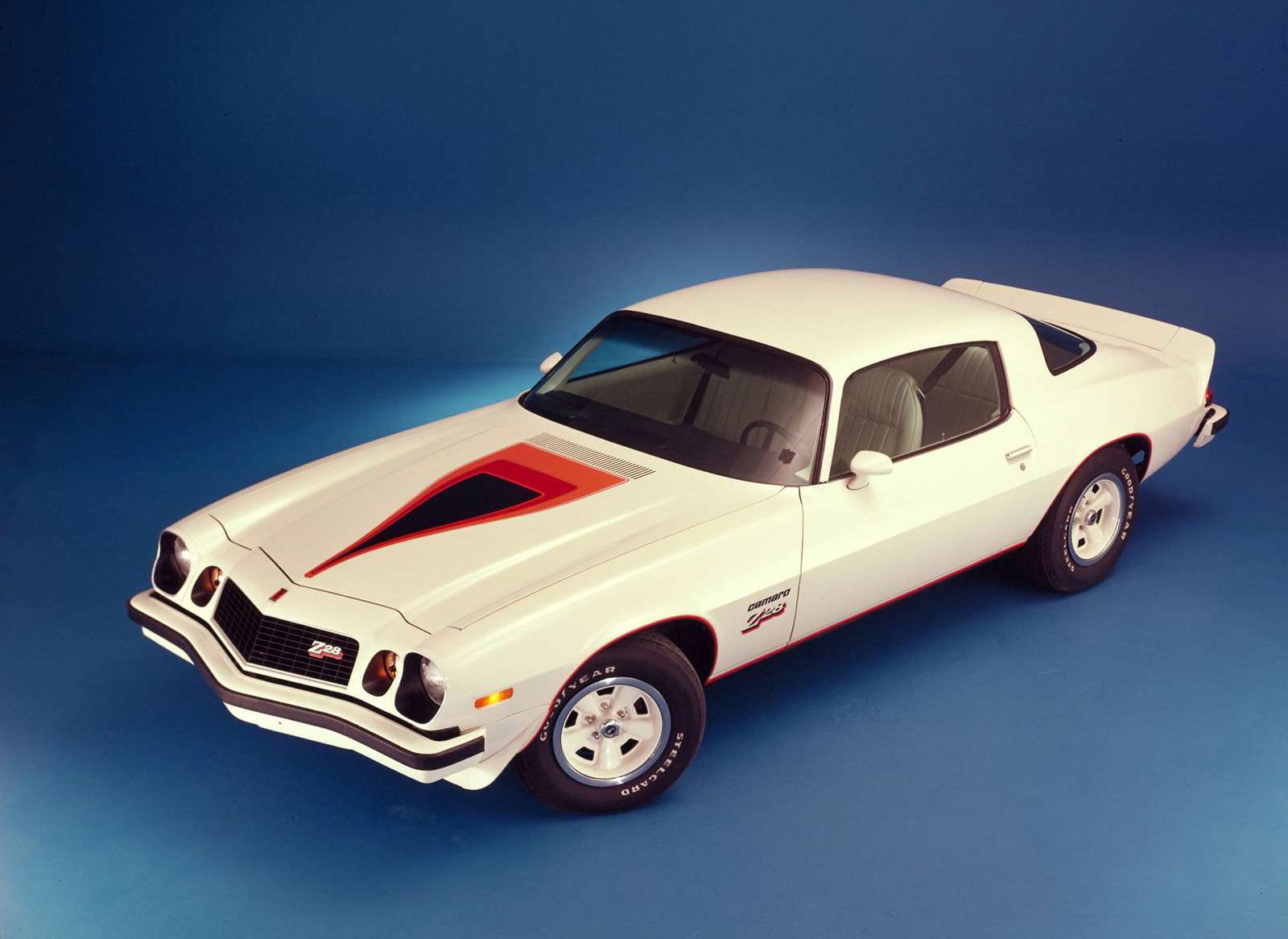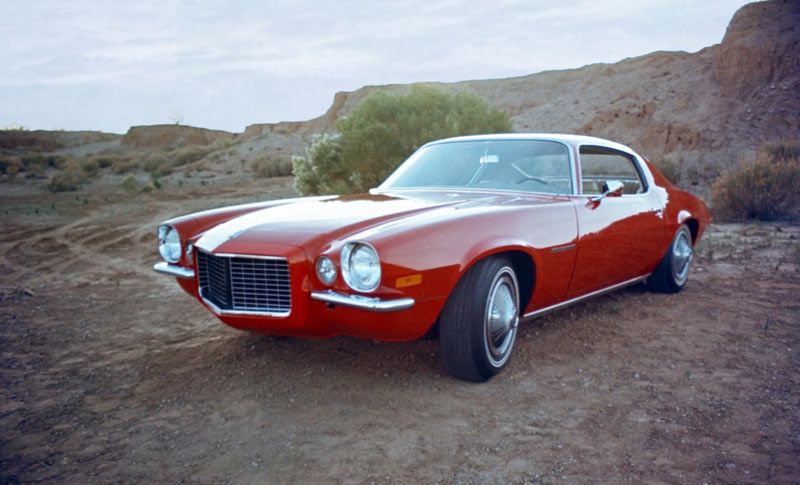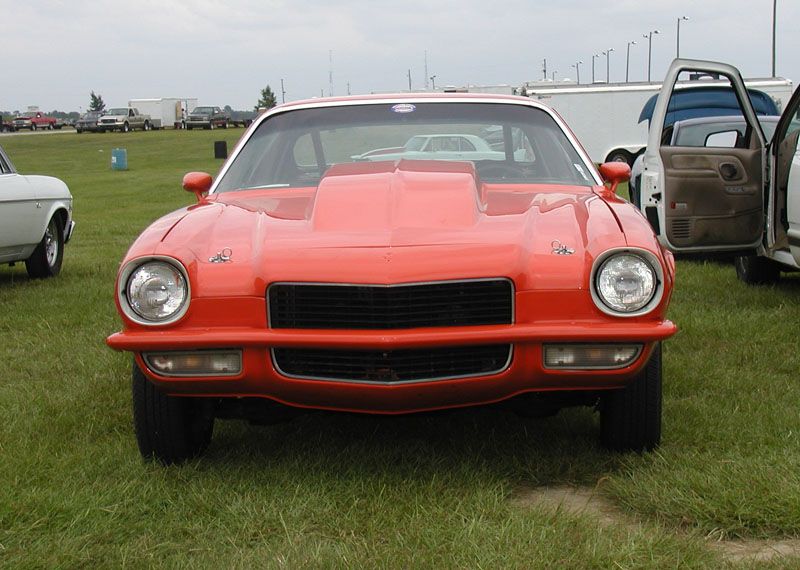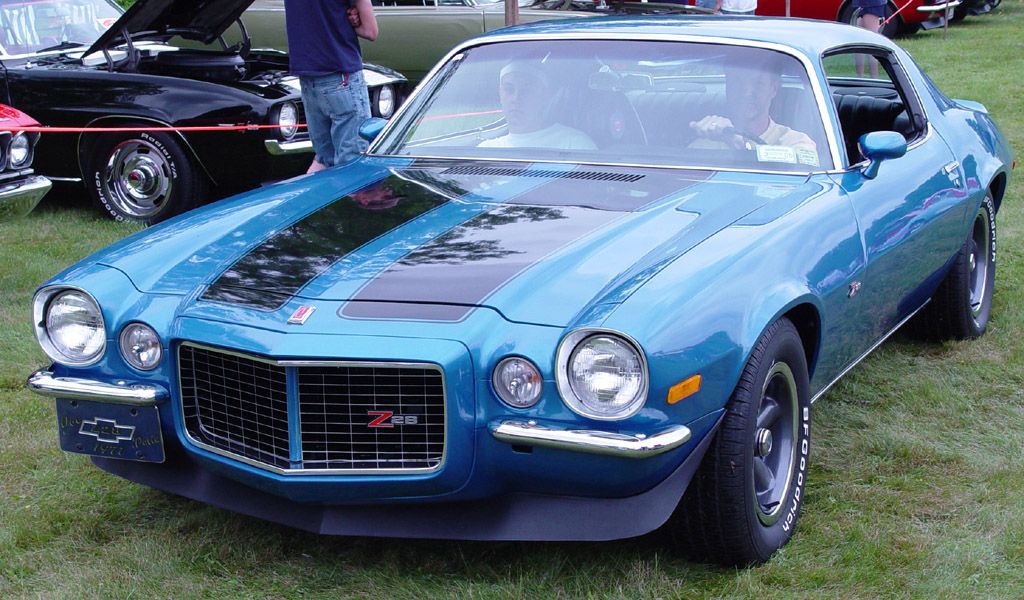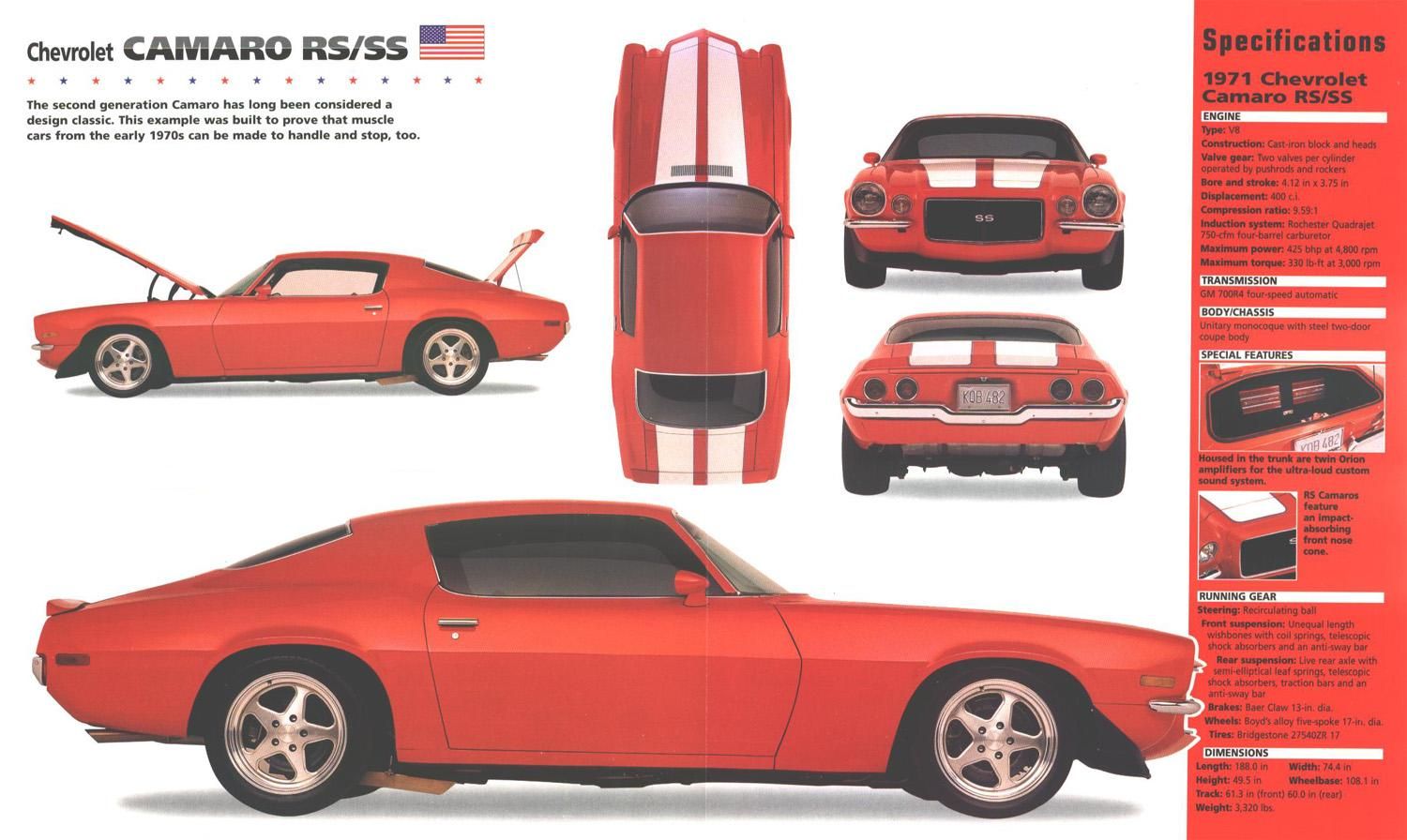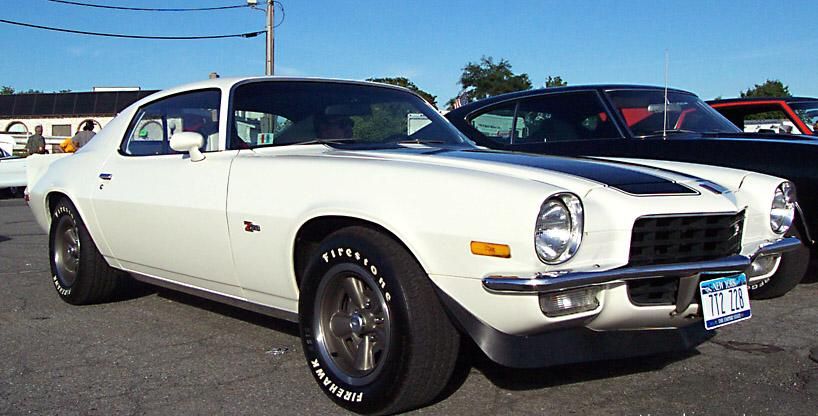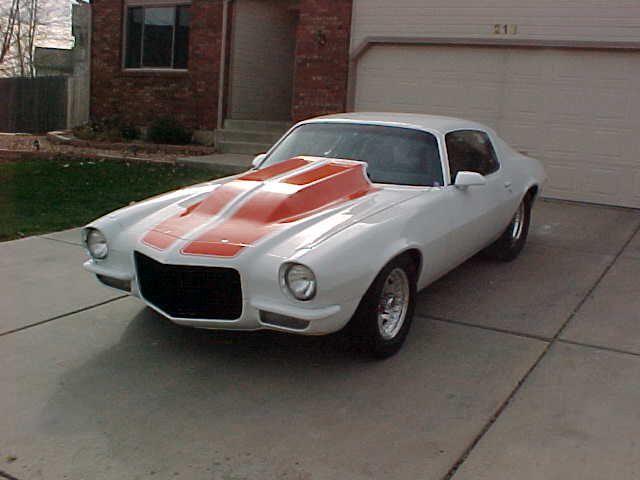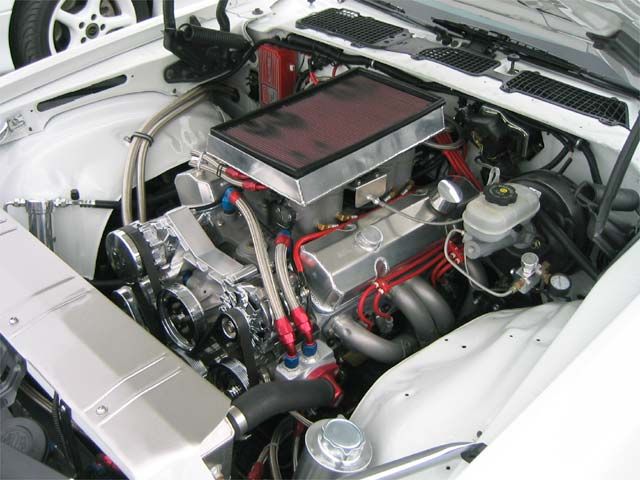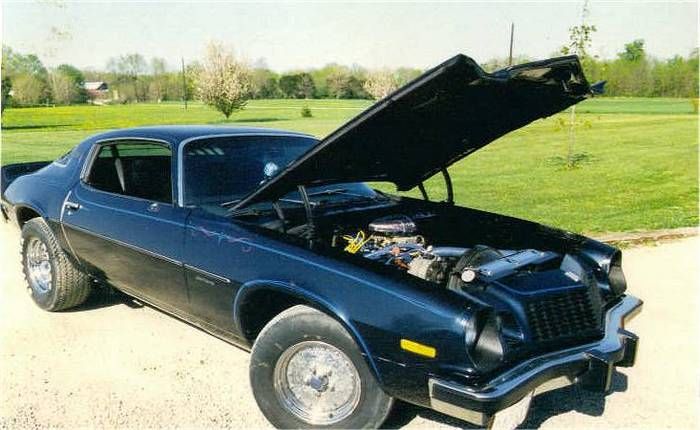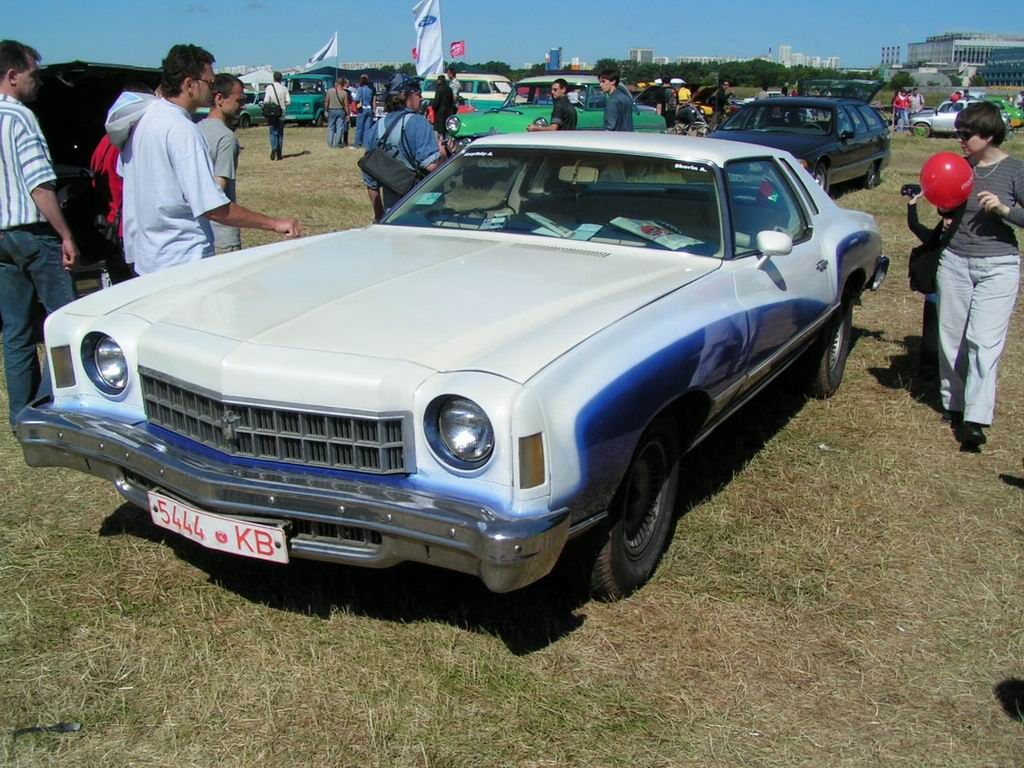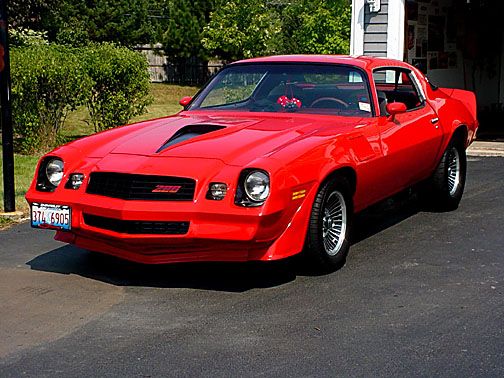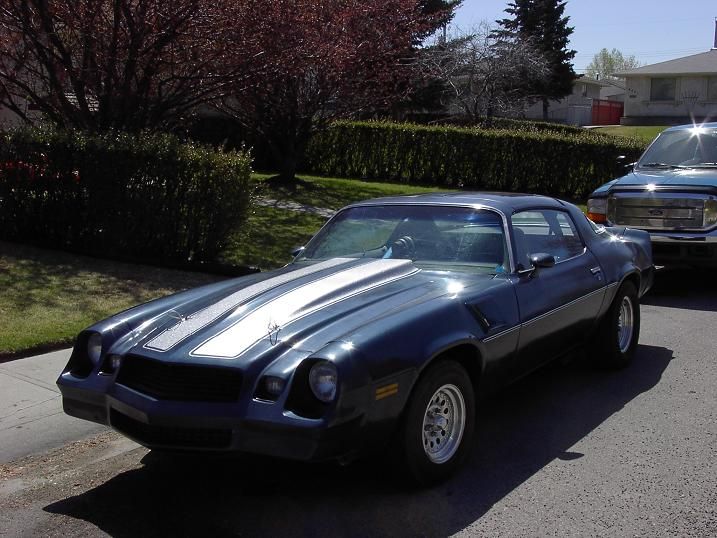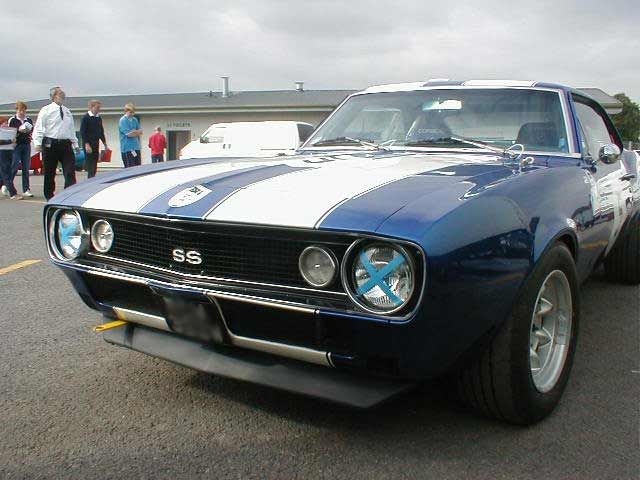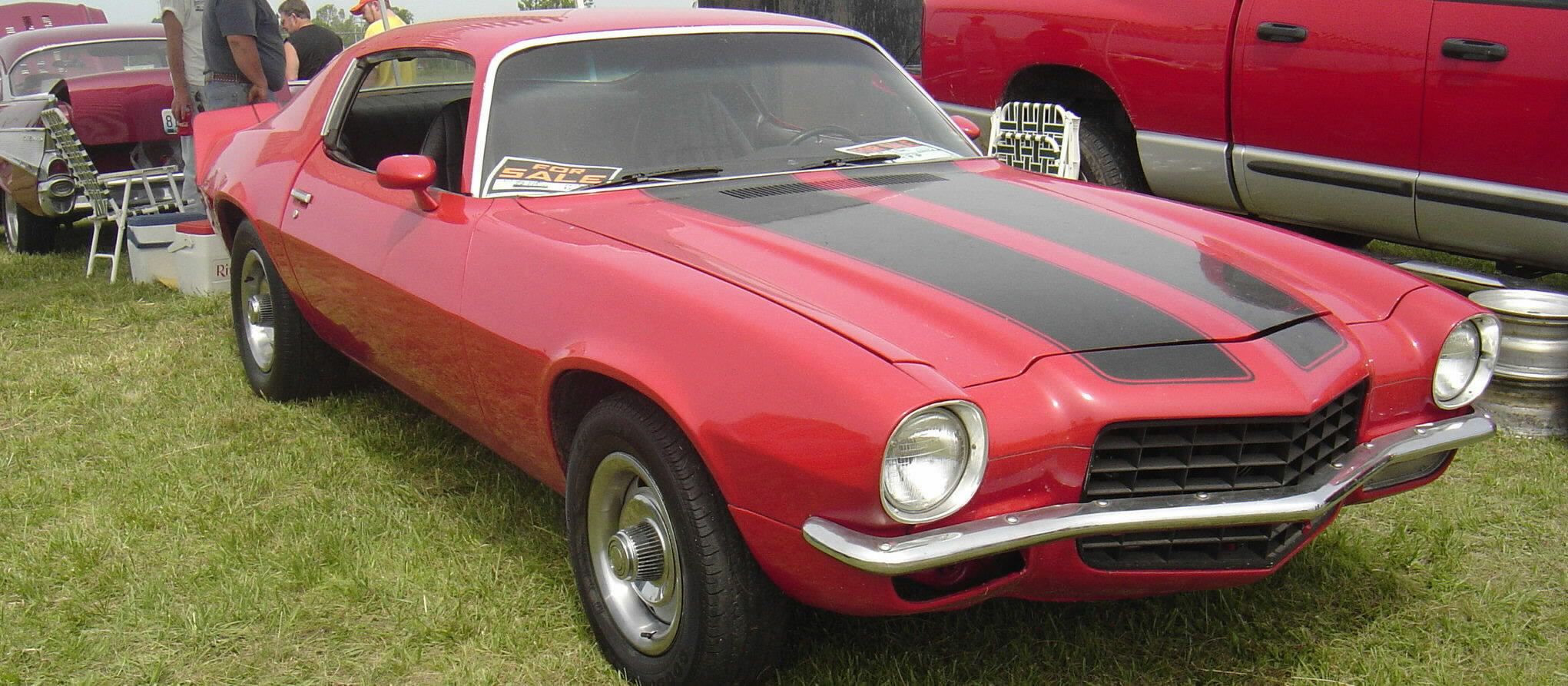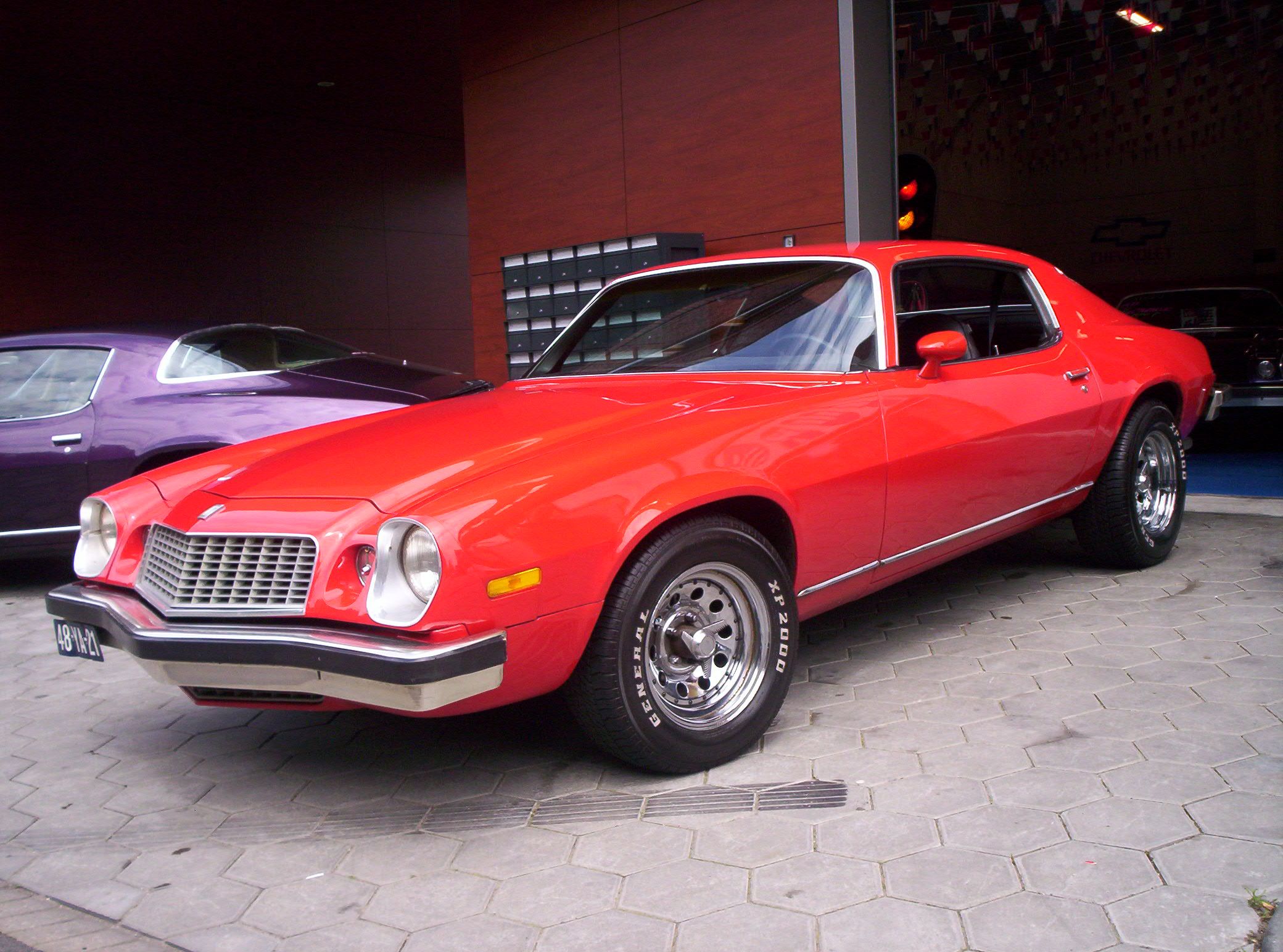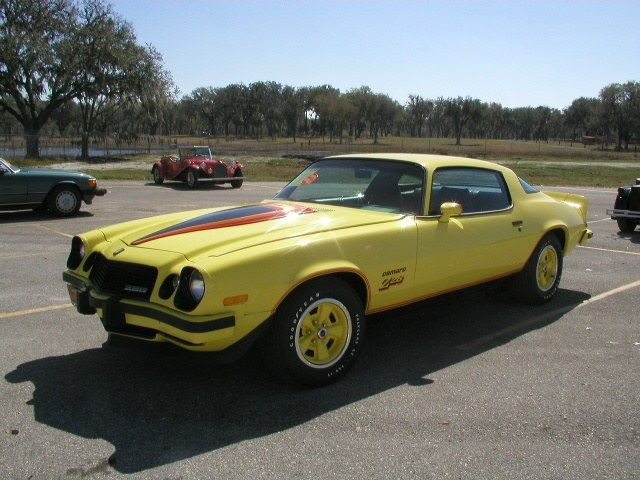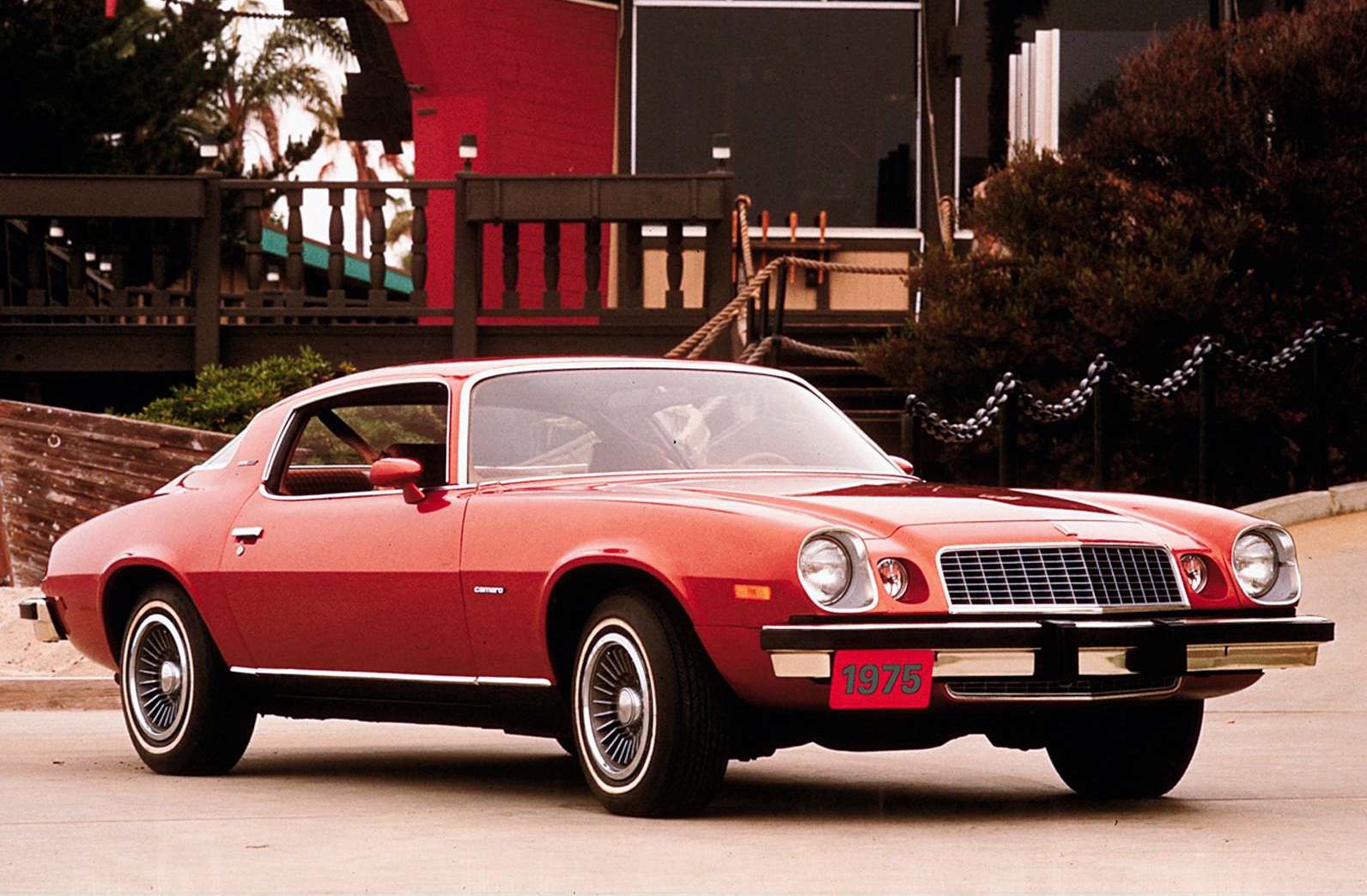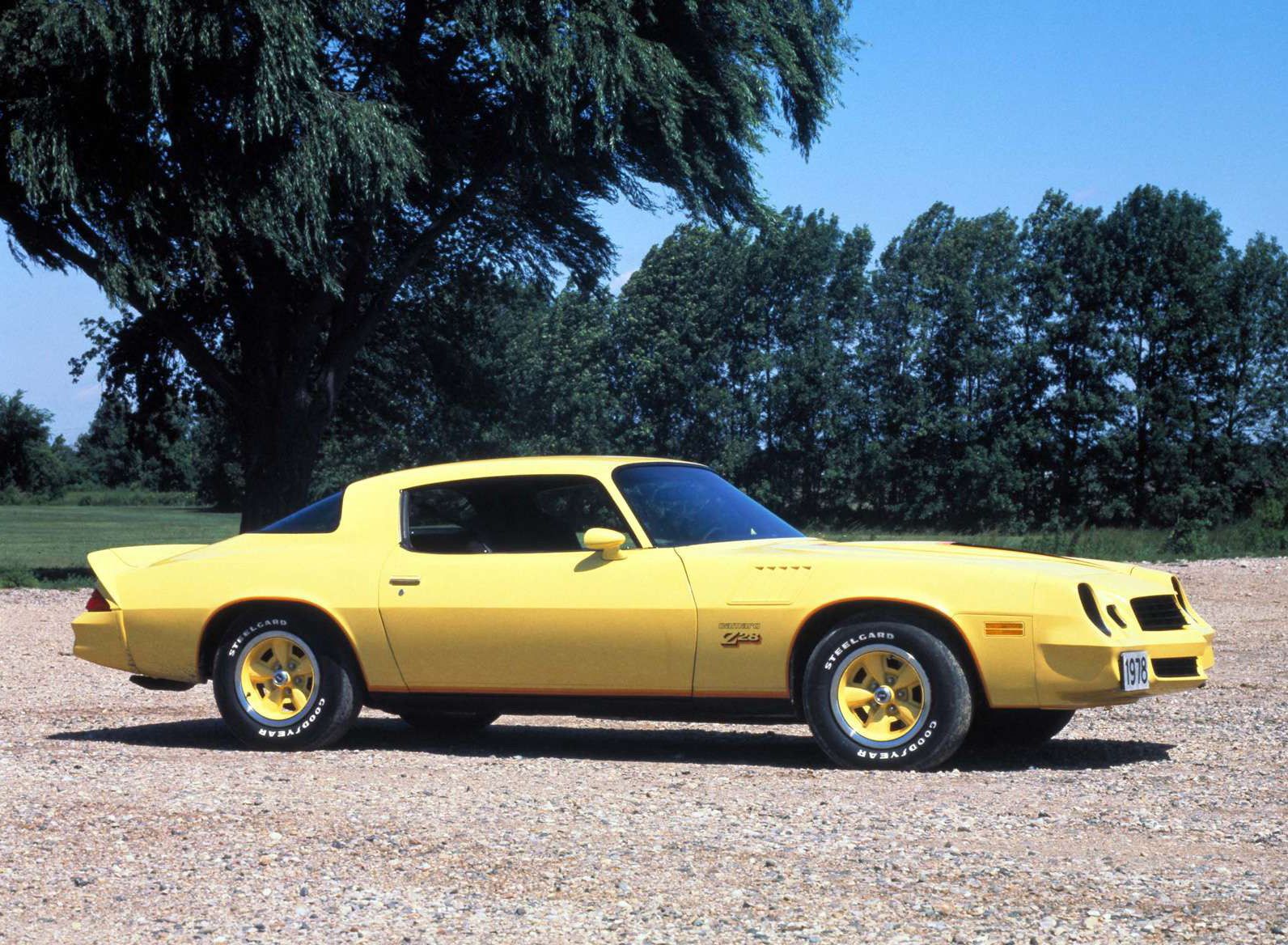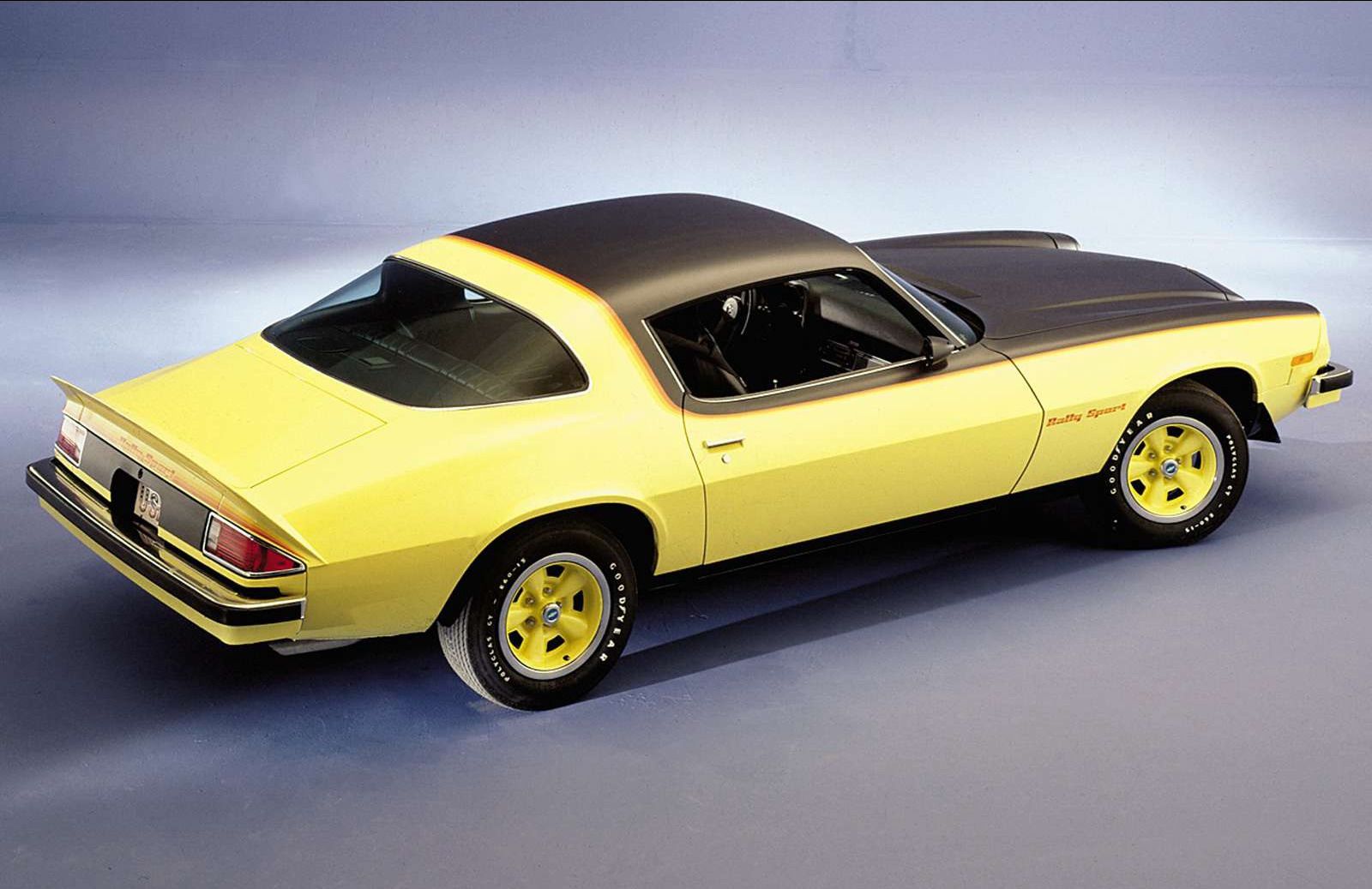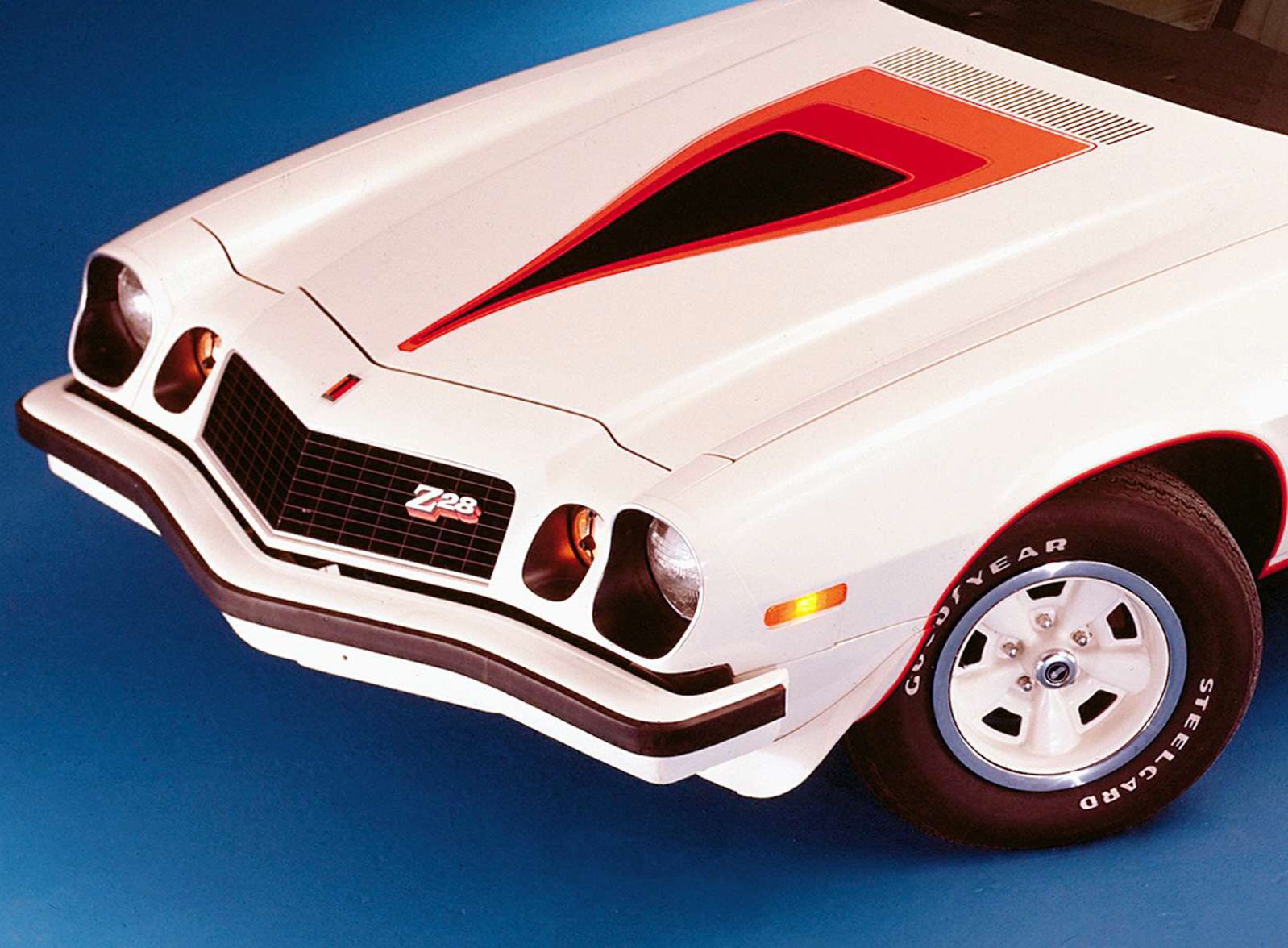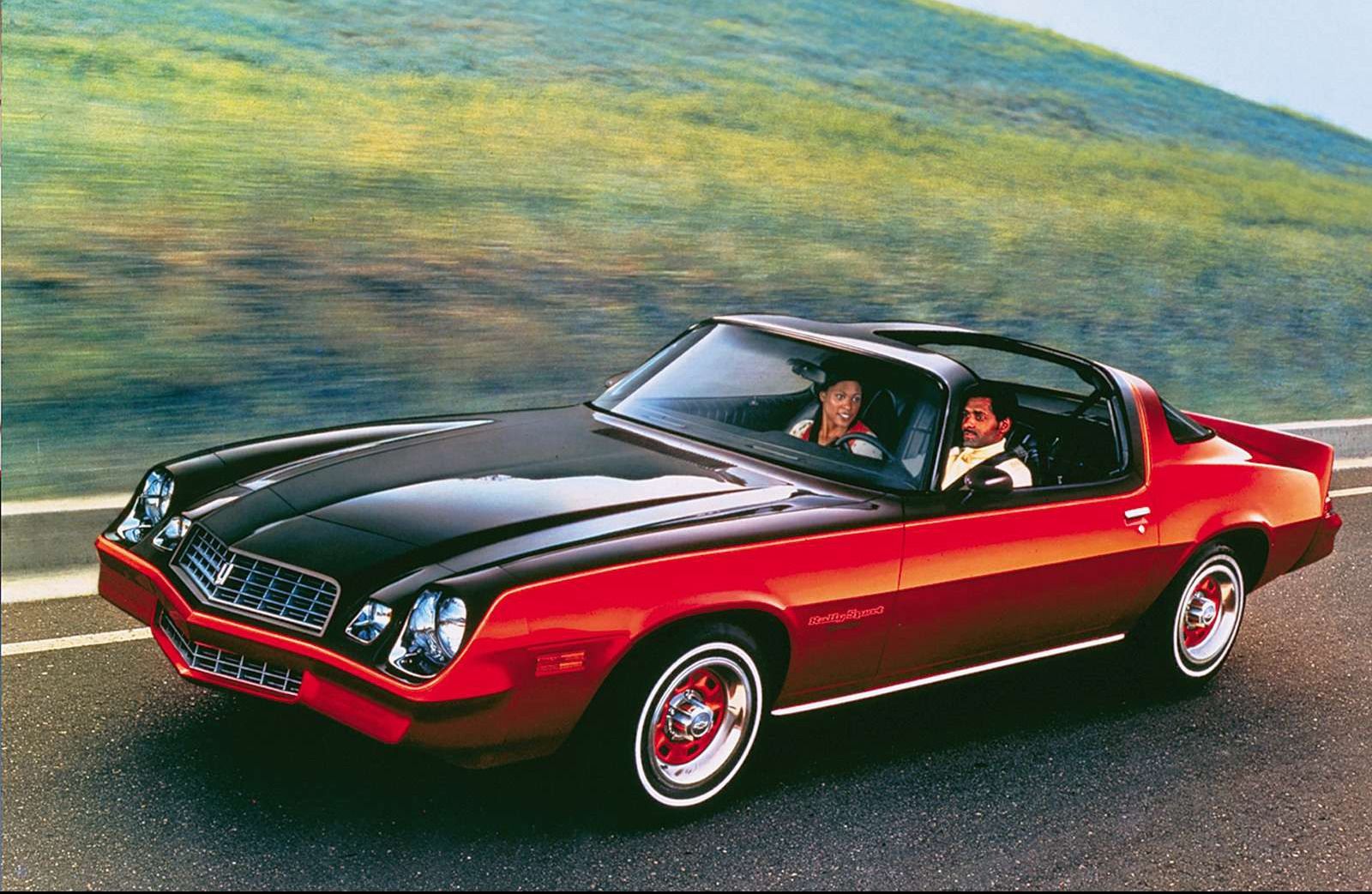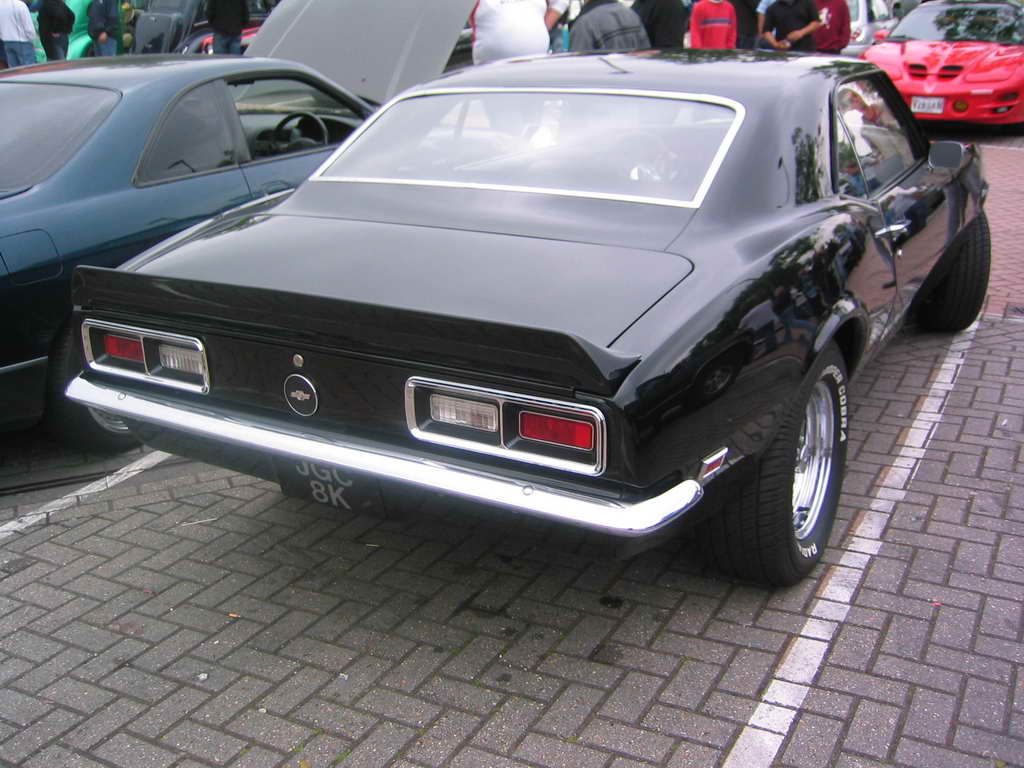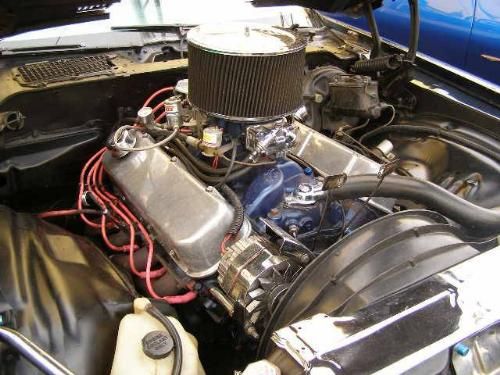Chevrolet released the second generation Camaro halfway through the 1970 model year. This generation would last over 12 years and would see the once mighty Camaro become strangled by crash and emission standards. Still based on the F-body platform, the new Camaro was engineered much like its predecessor in that it still used a unibody structure with a front subframe, leaf springs in the back and A-arms up front for suspension.
1970 - 1981 Chevrolet Camaro
- Make: Array
- Model: 1970 - 1981 Chevrolet Camaro
- [do not use] Vehicle Model: Array
Most of the engine were also used in the first generation. The 155-horsepower 250-cubic-inch six was now the Camaro's base engine, followed by the who-cares 200-horsepower 307, the lowliest of V8 offerings. A 250-horsepower two-barrel 350 effectively replaced the 327. Order the SS package and the 350 earned a four-barrel carb and additional compression to reach 300 horsepower. Moreover, SS buyers could pay even more and get a 350- or 375-horsepower 396 big-block V8.
The Camaro was offered with Rally Sport or Super Sport equipment or both. The Rally Sport package featured a unique front-end appearance with a split front bumper and a center grille cavity encircled in rubber. The SS again had heavier-duty suspension and the "SS" logos.
1970
Still based on the Nova, the new Camaro was two inches longer and had five inch longer doors, and was now available only as a coupe (no convertible). It featured a new A-arm front suspension and better noise insultation. Under the hood, the proposed new 454 blocks never made it and the Camaro SS continued with the 350 and 396 engines.
After January 1970, however, the 396 engines no longer displaced 396 cubic inches. Chevrolet actually enlarged them to 402 cubic inches but the executives decided to name it the 396 to take advantage of the name recognition and avoid any attention from insurance carriers. The RS option now included a free standing grill, twin bumperetes, an Endura rubber grill frame, and parking lights between the headlights and the grill. The SS option included a special black grill, hidden wipers, power brakes, engine trim, white-letter tires, chrome dual exhausts, and the SS396 also came with black-painted trunk panels and a special suspension.
The Z28 saw the most radical change -- an all new 350 cid engine know as the LT-1 350. It was rated at 360bhp (it had a rating of 370bhp when installed in Corvettes). This engine proved much more tractable, reliable, and generally outperformed the 302 engine of old. It was also available with an automatic transmission, the first time for the Z28.
1972
The 1972 Camaro changed mostly in the engine bay where the horsepower devastation continued. The LT-1 could now only poke out 255 horsepower (net) and the most robust big-block (still called a 396, but in reality a 402) was making just 240 net horsepower.
1973
The big news for 1973 was the deletion of the SS option and the 396 (actually 402) engine, which left only the Z-28 with its 350 V8 to carry the performance banner. The RS option was still available and included revised front bumperettes which met the new Federal 2.5mph regulations. A new Type LT option was added as a luxury package which included a weak V8 (L-65) and several trim items. The Z-28 saw another decrease in power as hydraulic lifters replaced its solid ones.
1975-1976
The Z28 option was dropped for the 1975 and 1976 models, and power continued to decline drastically. Two 350 in³ (5.7 L) V8s produced 145 hp and 155 hp (power ratings were now net as opposed to the prior gross ratings.
Net power ratings were taken from the engine crankshaft as before, but now all accessories had to be attached and operating, and all emissions equipment and a full production exhaust system had to be in place. These power-robbing additions — along with stringent new emissions laws — were instrumental in creating the vastly smaller power figures found in subsequent cars). A new wraparound rear window was introduced for 1975.
1978
Chevrolet added a new nose to the 1978 Camaro that got rid of the ugly metal bumpers and used an all new body color urethane front and rear fascia designed to meet the new 5 mph crash standard. The rear taillights were also redesigned, and incorporated 3 color lenses with the fuel door in the center.
The Camaro now was available in five models, Sport Coupe, Rally Sport, Type-LT, Type-LT Rally Sport, and Z28. Translucent (i.e. smoked glass) T-tops were available on all models, while the Z28 received a full disco body package with front fender vents and a fake hoodscoop, and a more powerful 350 rated at 185bhp. But increasing emission regulation in California forced Chevrolet to offer separate engines for California and the rest of the nation.
1979
The biggest changes for 1979 were the introduction of the luxury-oriented Berlinetta model, replacing the Type LT, and a restyled instrument panel with a much flatter appearance than the previous wraparound design (although the gauges themselves remained in the same places as before). The base model, RS and Z28s carried on as before, the Z28s now came with a front spoiler and fender flares much like its Pontiac Trans Am twin had, and now came with "Z28" decals that ran from the beginning of the front flares to the bottoms of the doors.
1980
Chevrolet mangled the Camaro's engine lineup for 1980 while leaving the rest of the car pretty much alone. A new 115-horsepower 229-cubic-inch V6 (basically a small-block V8 with a pair of cylinders hacked off) — or, in California, a 110-horsepower 231-cubic-inch V6 replaced the ancient inline six, and a new 267-cubic-inch two-barrel version of the small-block V8 debuted, rated at a laughable 120 horsepower.
On the positive side, output of the Z/28's 350 grew to 190 horsepower, except in California where buyers got a 155-horsepower 305-cubic-inch V8 mated to a mandatory three-speed automatic. Caught in a fuel crisis, Camaro sales nose-dived to 152,005 during the 1980 model year.
1981
The 1981 model was the last model year for the second generation Camaro. Total production had dropped down to 126,139 from a high of 282,571 in 1979 as potential would-be buyers were awaiting the all-new third-generation Camaro set for 1982 introduction.
The Z28 was still powered by a 350 cubic-inch V8 that was rated at 190 horsepower, but that engine was now only available with an automatic transmission and those who preferred the four-speed stick had to opt for the smaller 165-horsepower 305, which was the only engine offered in Z28s sold in California, and then only with an automatic (Canadian models, however, could still get the 350 and 4-speed combination). RS models were dropped this year, but the RS designation would reappear in 1989.

